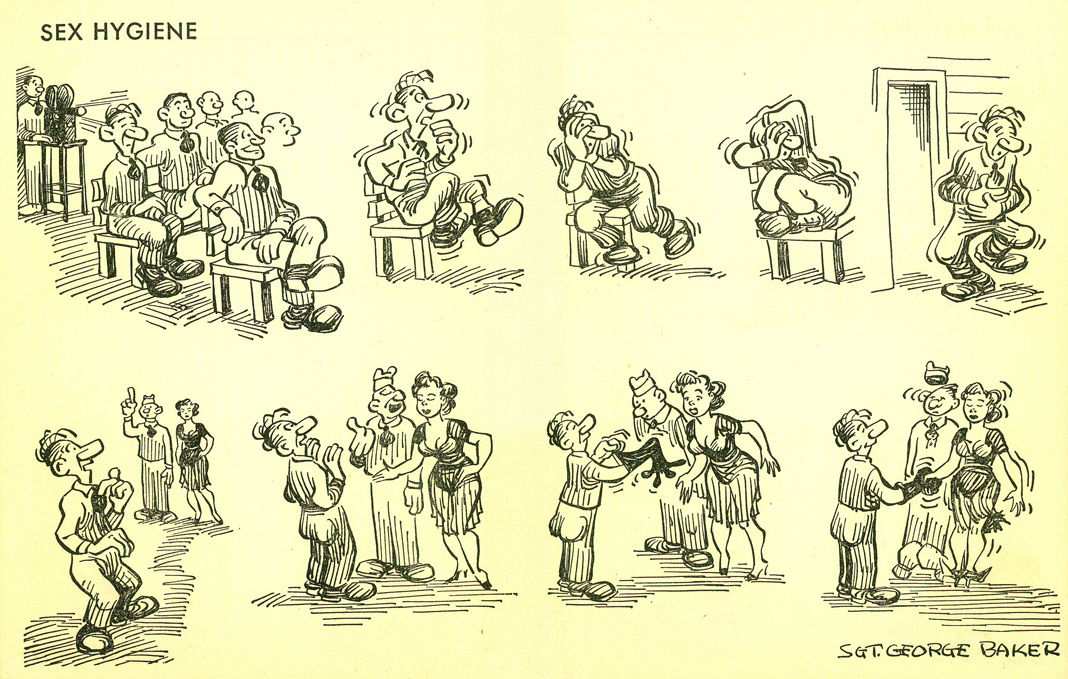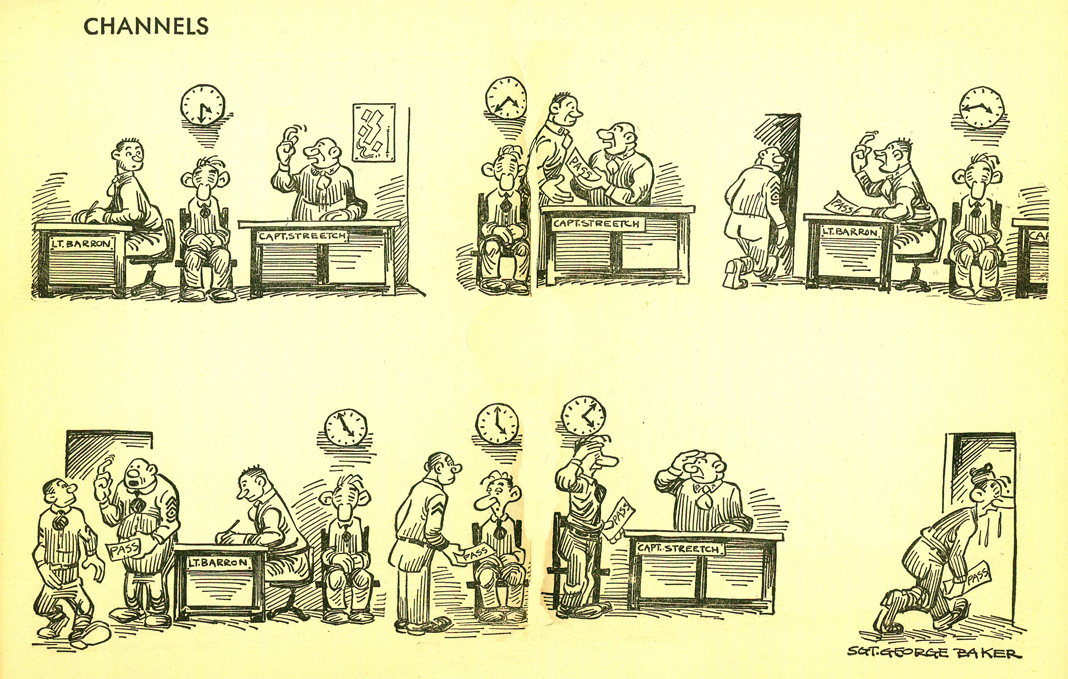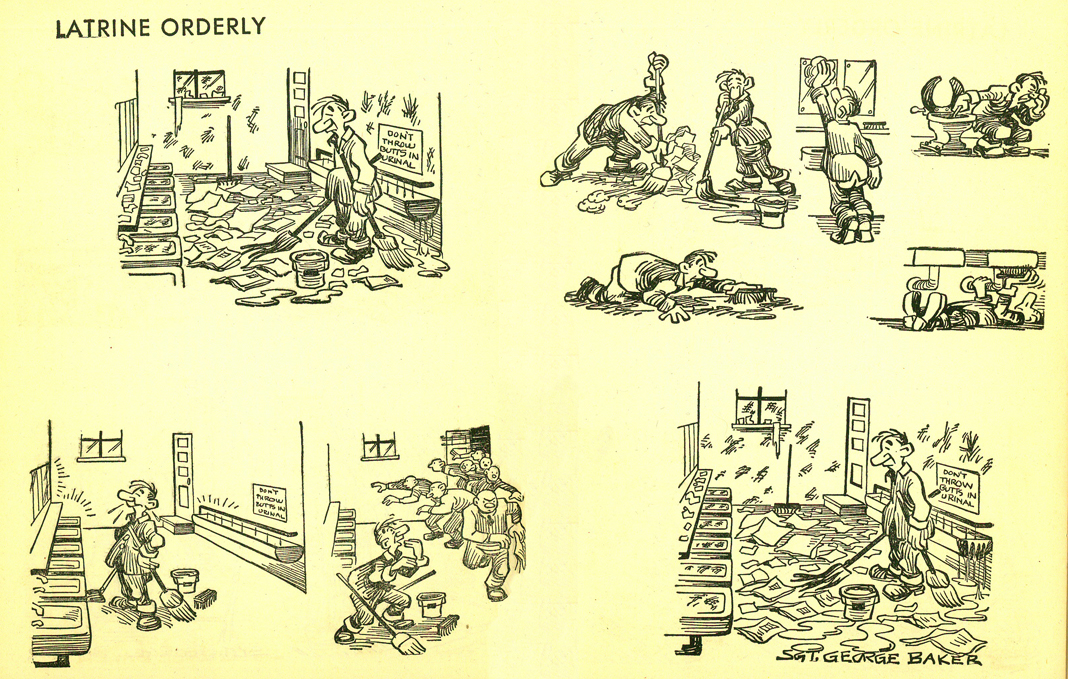I was gathering notes for yet another post on the sad state of fact-checking at
the New York Times, this time concerning Alessandra Stanley when I came across
this from then executive editor Bill Keller:
Q: The NYT is taking considerable criticism for Ms. Stanley's piece, with many folks learning about the error via the Public Editor's column.
A: Just to be clear (and I'm sure you know this) we published a fulsome correction* on July 22. Many folks may have learned about this episode from Clark's column, but many (including Clark) learned about it because we published a correction, which is also appended in perpetuity to the archived article. The evidence for what I'm about to say is purely anecdotal, but I think a lot of readers check the Corrections column with the same avidity they apply to the obits. On a good day they will come across something like our March 11 correction of a 1906 article that inaccurately cited the text of an inscription inside Abraham Lincoln's pocket watch. On a REALLY good day they may come across something like this one, from October, 2000: "An article in The Times Magazine last Sunday about Ivana Trump and her spending habits misstated the number of bras she buys. It is two dozen black, two dozen beige and two dozen white, not two thousand of each."
But I digress.
While I'm telling you what you obviously already know: One thing that sets a serious newspaper apart from most other institutions in our society is that we own up to our mistakes with corrections, editor's notes and other accountability devices, including the public editor's column. We hate getting stuff wrong and we work hard to avoid mistakes. But when we make them, we try to set the record straight.
...
Q: Specifically, some people inside the paper believe that Alessandra has been allowed to continue as a critic, without sufficient punishment, because she is close with Jill Abramson. Your response?
A: We love a conspiracy theory, but the truth is simple: Alessandra has been allowed to continue as a critic because she is -- in my opinion, among others -- a brilliant critic.
It was an almost perfect example of why I have such problems with
the New York Times, arrogant, dismissive of critics. Perhaps more importantly, it demonstrated the Keller's terrible journalistic taste and judgment. I went back and looked over the
Shonda Rhimes piece again to confirm my first impression of Stanley's talents. It was, if anything, worse on second reading. It read like Stanley doing a bad job impersonating Maureen Dowd doing a bad job impersonating Pauline Kael. (I am a huge fan of Kael. However, as with Bob Dylan, there are things she can do brilliantly which you probably shouldn't try.)
I also read the
Cronkite piece that prompted Keller to describe Stanley as brilliant. It too was awful, consisting almost entirely of threadbare cliches ("that his outsize tenure bracketed a bygone era when America was, if not a more confident nation, certainly a more trusting one").
Thinking about the Dowd analogy as I went through the tired and badly thought-out memes of Stanley's essays, it struck me that, like David Brooks, David Carr, and her
friend Dowd, Stanley was yet another of
the New York Times' con(firmation) artists.
What makes a con(firmation) artist? First and foremost, of course, is the desire to confirm the beliefs and narratives held by their colleagues. All of these journalists have poor track records when it comes to factual accuracy but they largely escape the consequences of these lapses because they are saying things that other journalist believe to be true (or perhaps more accurately want to be true).
Con(firmation) artists also rely on a veneer of "new journalism" to conceal the cracks in their work. When you read the flashy prose , the big analogies, the constant editorial sides, you can almost imagine them saying "it worked in the Electric Kool-Aid Acid Test."
There are at least two major problems with this use of new journalism. The first is that the original generation of new journalists were extraordinarily hard working and were held to demanding standards by editors like Clay Felker. The second, and more important, is the fact that the original new journalists and the con(firmation) artists had opposite objectives . The goal then was to be original and unexpected. When Tom Wolfe discussed the fashions of the radical left, he came to new and surprising conclusions. When David Brooks talks about Home Shopping Network or David Carr talks about Netflix, they get their facts wrong but they reach conclusions that agree with the conventional wisdom of their peers.
This combination of pretension and pandering has given these writers extraordinary standing in their communities. It has also allowed them to do considerable damage to their professions.
* With the caveat that Keller may not know what the word 'fulsome' means, here is the
correction in all of its epic glory:
This article has been revised to reflect the following correction:
Correction: July 22, 2009
An appraisal on Saturday about Walter Cronkite’s career included a number of errors. In some copies, it misstated the date that the Rev. Dr. Martin Luther King Jr. was killed and referred incorrectly to Mr. Cronkite’s coverage of D-Day. Dr. King was killed on April 4, 1968, not April 30. Mr. Cronkite covered the D-Day landing from a warplane; he did not storm the beaches. In addition, Neil Armstrong set foot on the moon on July 20, 1969, not July 26. “The CBS Evening News” overtook “The Huntley-Brinkley Report” on NBC in the ratings during the 1967-68 television season, not after Chet Huntley retired in 1970. A communications satellite used to relay correspondents’ reports from around the world was Telstar, not Telestar. Howard K. Smith was not one of the CBS correspondents Mr. Cronkite would turn to for reports from the field after he became anchor of “The CBS Evening News” in 1962; he left CBS before Mr. Cronkite was the anchor. Because of an editing error, the appraisal also misstated the name of the news agency for which Mr. Cronkite was Moscow bureau chief after World War II. At that time it was United Press, not United Press International.
This article has been revised to reflect the following correction:
Correction: August 1, 2009
An appraisal on July 18 about Walter Cronkite’s career misstated the name of the ABC evening news broadcast. While the program was called “World News Tonight” when Charles Gibson became anchor in May 2006, it is now “World News With Charles Gibson,” not “World News Tonight With Charles Gibson.”
If that's not enough,
Gawker and
CJR have more.









